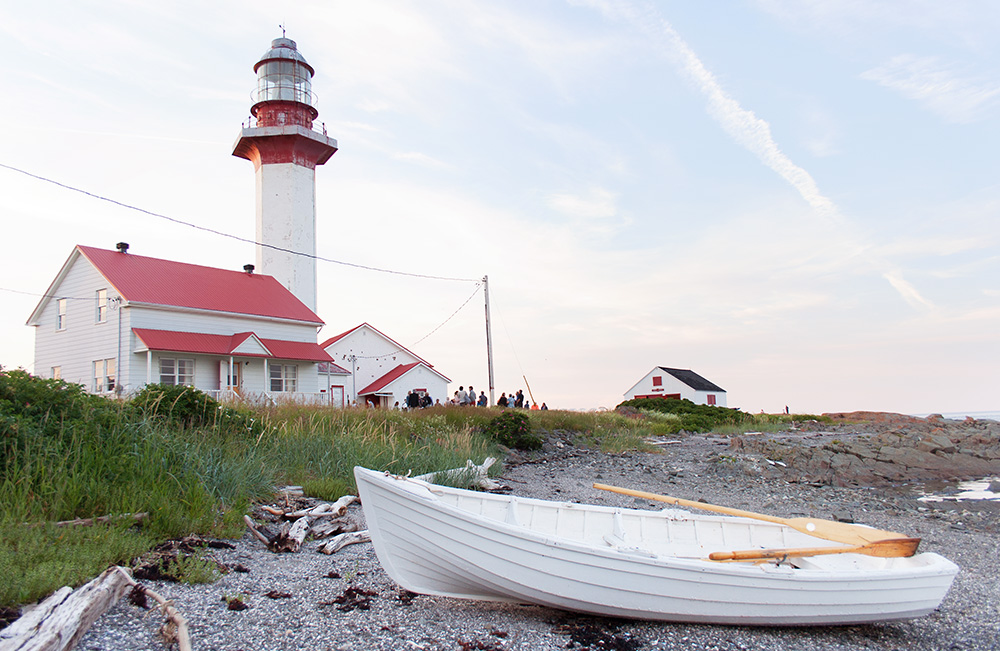A History of Heritage Preservation – Protecting the Lighthouse

Photograph
Metis Lighthouse Today, 2018
Marjelaine Sylvestre
The Metis lighthouse was in a parlous condition when the Ville de Métis-sur-Mer purchased it from the government of Canada in 2017. Decades of neglect were visible on the outside, where the bright red roof of the tower and keeper’s house had long faded and the cement parging showed cracks and fissures.
Lighthouses across the country have been surplus to navigation for decades. But it took the government years to determine their fate. In 2015, the Heritage Lighthouse Preservation Act became law and set out the procedures for their sale and preservation. Modest grants were offered to communities to help pay for decades of deferred maintenance and government neglect.
Protecting a lighthouse is a tall order. Exposed to the elements, the tower takes the full brunt of the weather. Painted surfaces do not stay painted for long. Winds, waves, salt spray and winter blizzards buffet the base and the exterior of the tower, an almost never-ending climatological car wash. The restoration of the buildings and transformation of the property will take several years.
Metis is fortunate in having a lighthouse that is accessible by road. Those located on islands are costly to repair and difficult to access. To pay for the cost of the renovations, the keeper’s house is rented during the summer months to accommodate families on vacation and scientific parties undertaking shoreline research. This model is used by lighthouses around the world, with varying degrees of success.

